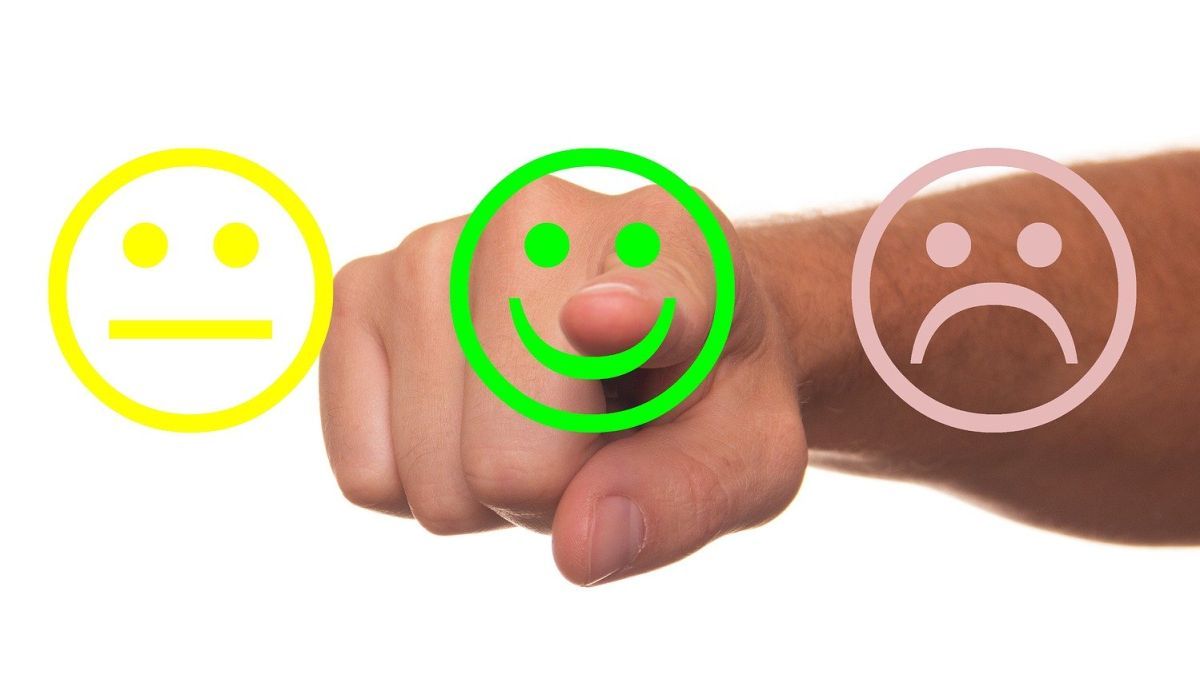When we look at the numbers for this impact we can see that according to the Harvard Business Review, customers who have had good experiences with a company are likely to spend 140% more than those who have had bad past experiences. According to the same source, If we work to improve this experience, we can reduce customer service costs by up to 33%.
Some of the questions that appear are: Where do we have to start? What are the key indicators to measure this experience? How can we act on them to improve them and thus achieve an impact on improving the experience? Leander PhillipsGlobal COO of Apex America, tells us what are the key indicators to review to achieve a substantial improvement in the customer experience.
The 3 key indicators to measure customer experience:
1 – Speed
Speed is a determining factor. In any of the service channels, how quickly the company responds and resolves the problem makes a difference and directly impacts a customer’s decision factors.
“Within customer service there are two major processes. The first has to do with live service, when the customer decides to call you, you answer him and he is waiting online. The second is the deferred attention that we see when, for example, the consumer writes an email and the company takes time to respond. In either of the two cases, surely that contact is linked to a problem or complaint and, therefore, the speed of response is essential”, explains Leandro Phillips.
How to measure this indicator? Establishing a percentage of contacts attended within a defined time. For example, the company’s promise is to answer 80% of calls within the first 40 seconds or answer 90% of WhatsApp messages within a minute and a half of receipt. It is a way to set measurable objectives to be able to evaluate their fulfillment or not.
2 – Effort level (Customer Effort Score or CES)
CES is a metric that measures the level of effort a customer must make to purchase a product or solve a problem. It is related to the simplicity or complexity of the processes from the design of the interaction itself. For example, if to register a new service the client must call, then fill out a paper form and go to an office to deliver it, all this circuit requires a high effort from the client compared to a digital registration that could be done from a application. Analyzing this metric, companies can know the opportunities for improvement.
“In this aspect, we can say that there are two different views: that of the person who is in front of the client and attends to it, and the collaborator who designs the processes behind. The key question procedural developers need to ask themselves at this point is: where do I put the effort, in the client or in my processes?”Phillips explains.
How to measure this indicator? We can use words, levels or colors to ask consumers the level of effort that was involved in solving the problem or doing the management. These are the typical surveys at the end of an interaction in which users select from 1 to 5 how easy the process was for them.
3- First Contact Resolution (FCR) – solve the problem in a single contact.
As its title indicates, the third key indicator is linked to whether or not the customer’s concern was resolved in a first contact. Of course, to achieve this, the collaborator who deals with the case must previously have the necessary tools to solve it. Why is this important? Failure to resolve implies a second contact, and this degrades both the customer experience (who has to contact the company again for the same reason) and the company’s costs (which must invest more of its employees’ time in attending to that user repeatedly).
Of all the contacts I receive, What percentage is resolved in the first interaction? The way to measure it is by categorizing users and keeping track of who called me, when and for what reason. Then, during the 7 days after the first call, it is checked if that client called me again for the same issue. If he did not, it is understood that he resolved his concern on first contact.
Something important to improve customer service, and which is transversal to these indicators, is the segmentation and personalization of the experience, something essential to know our customers. The experience works with archetypes that define the characteristics and needs of groups of clients. Companies must create these parameters to adjust their processes, and take into account the constant changes in the ways of consuming to personalize each interaction and thus improve the entire experience of the person with your brand or company. Today, in addition, we can rely on technology to define archetypes by exploiting all available data.
To compete in the world of experience management, the difference will be bigger and bigger in favor of those companies that analyze these variables to find opportunities for improvement.
Source: Ambito




